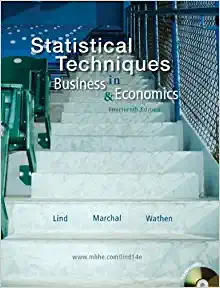Question
Consider the Balassa-Samuelson model presented during the lectures. Recall that in that model the parameter denotes the share of tradables relative to total GDP, while




Consider the Balassa-Samuelson model presented during the lectures. Recall that in that model the parameter denotes the share of tradables relative to total GDP, while 1 equals then the share of nontradables relative to total GDP. Relying on the model presented during the lecture, assess the following statements:
(a) "Whenever the share of nontradables relative to total GDP is strictly larger than zero (that is, whenever 1 > 0), the absolute PPP will fail to hold true in reality." True or false, justify. (30%)
(b) "The absolute PPP fails to hold in reality because labour productivity in tradables does not to dier much across countries, especially at dierent stages of development." True or false, justify. (30%)
(c) Explain how the relative PPP diers from the absolute PPP. Can the relative PPP hold true while, at the same time, the absolute PPP fails to hold? Justi




Step by Step Solution
There are 3 Steps involved in it
Step: 1

Get Instant Access to Expert-Tailored Solutions
See step-by-step solutions with expert insights and AI powered tools for academic success
Step: 2

Step: 3

Ace Your Homework with AI
Get the answers you need in no time with our AI-driven, step-by-step assistance
Get Started


